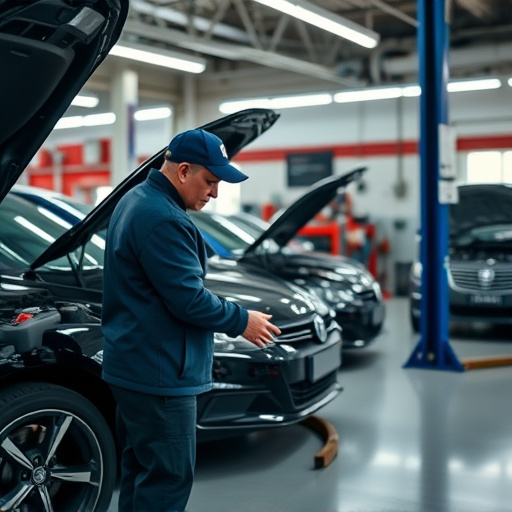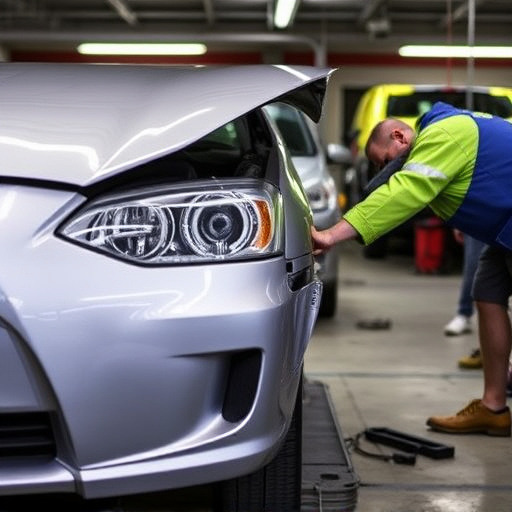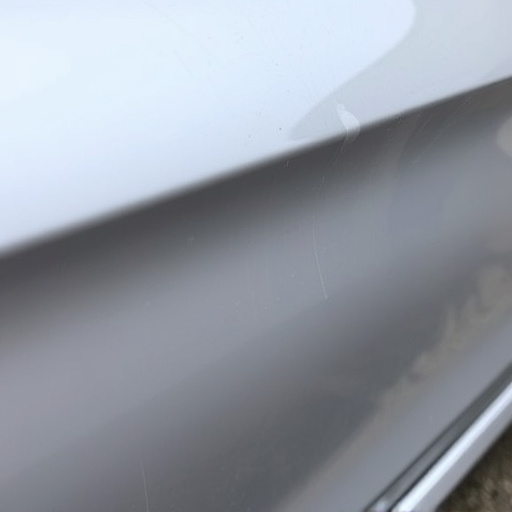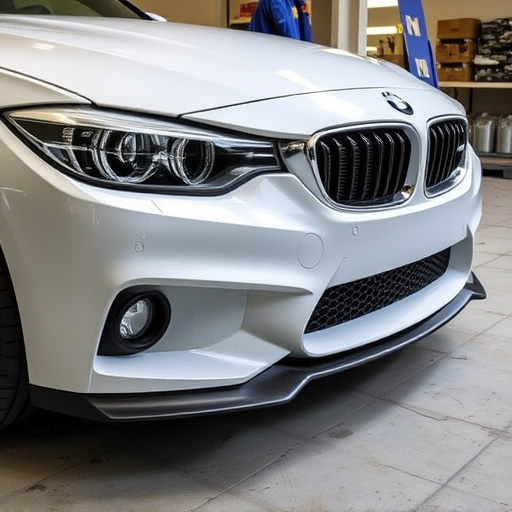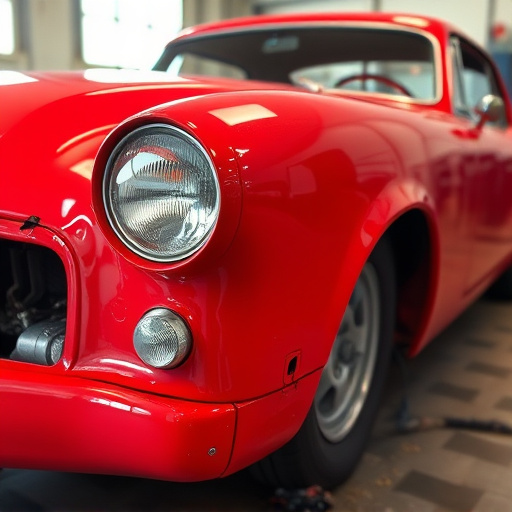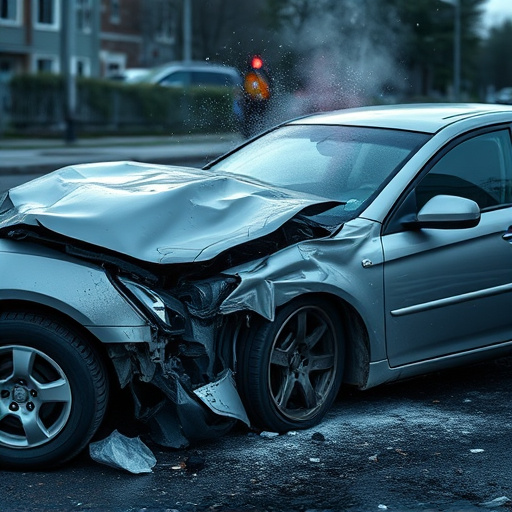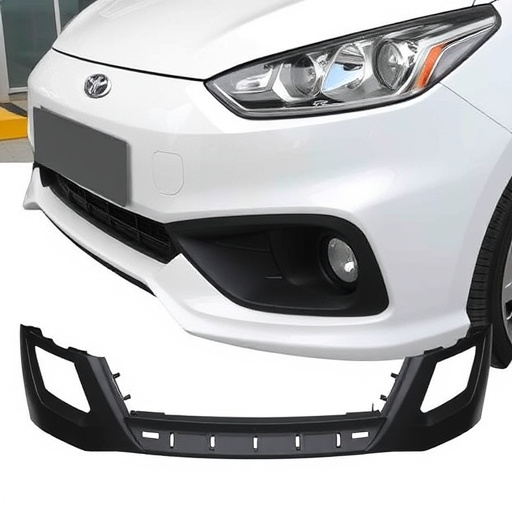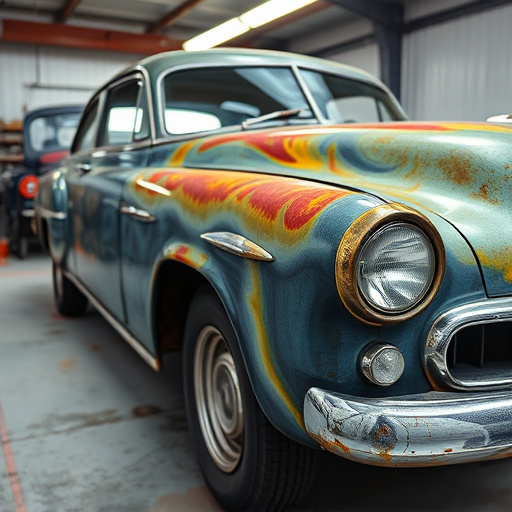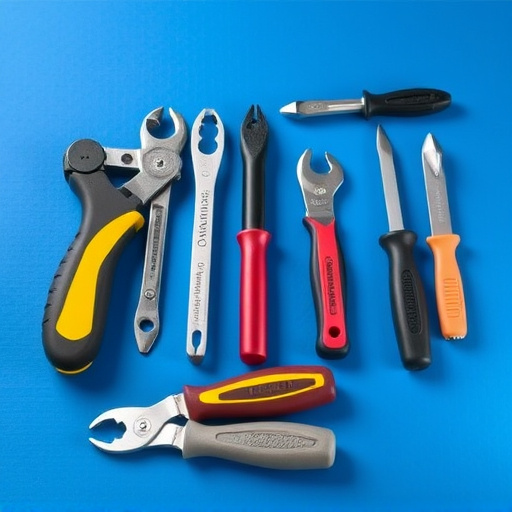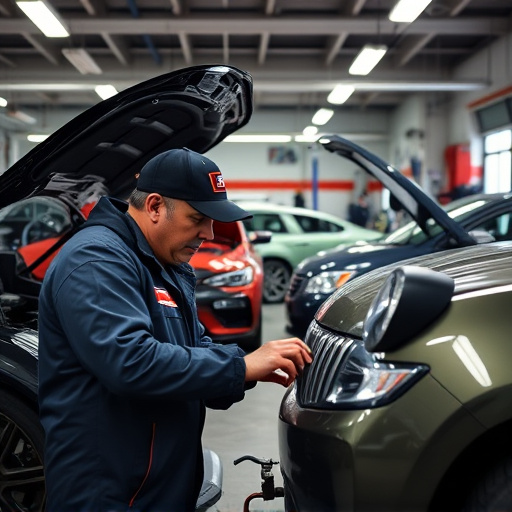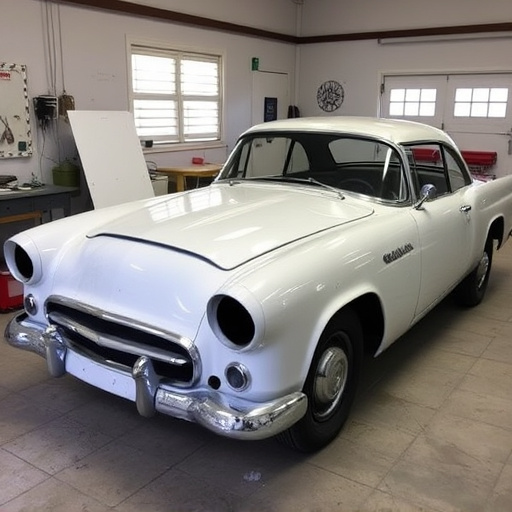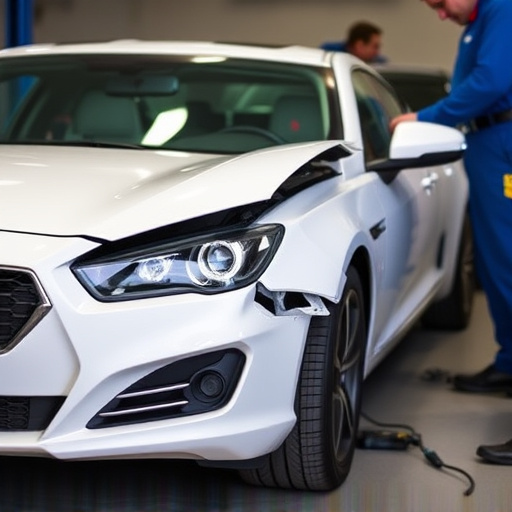Snowy conditions pose challenges to Advanced Driver Assistance Systems (ADAS) calibration, crucial for snow-related crash repair. Malfunctioning ADAS can impact safety. Recalibration ensures optimal performance of systems like lane-keeping assist and automatic emergency braking after collisions, enhancing driver security in future winter driving. Reputable car repair shops offering services such as tire maintenance and paintless dent repair should include ADAS recalibration to minimize risks.
In the cold, snowy months, Advanced Driver Assistance Systems (ADAS) play a crucial role in ensuring safer roads. However, snow and ice introduce unique challenges for these systems, affecting their accuracy and performance. This article delves into the significance of ADAS recalibration in snow-related crash repairs. Understanding how environmental factors impact these sensors is vital for efficient and effective vehicle restoration. By exploring these key aspects, we uncover why recalibration is essential for optimal safety and reduced repair costs in snowy conditions.
- Understanding ADAS and its Role in Safety
- Challenges of Snow Conditions for ADAS Calibration
- Recalibration Impacts on Efficient Crash Repair
Understanding ADAS and its Role in Safety
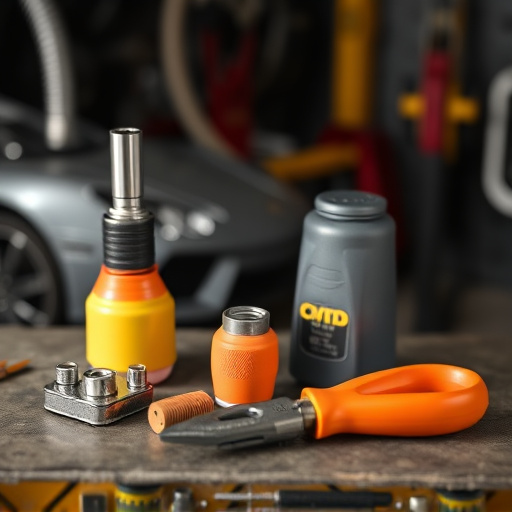
Advanced Driver Assistance Systems (ADAS) play a pivotal role in enhancing vehicle safety, particularly during challenging weather conditions like snow. These systems are designed to support drivers and prevent accidents by providing various features such as lane-keeping assist, automatic emergency braking, and adaptive cruise control. In the context of snow-related crash repair, understanding ADAS and their functionality is crucial. When a car involves in such an incident, the impact can cause intricate damage not only to the car body restoration but also to these sensitive electronic systems.
Proper recalibration ensures that post-repair, these advanced safety features function optimally. Each sensor and camera within ADAS needs to be precisely aligned and calibrated for accurate performance. Any misalignment could lead to a false read or compromised detection capabilities, which may impact the overall safety of the vehicle. Therefore, during snow-related crash repair, focusing on both car bodywork restoration and meticulous ADAS recalibration is essential to ensure the vehicle’s safety systems are reliable and ready to protect drivers and passengers in future winter driving conditions.
Challenges of Snow Conditions for ADAS Calibration
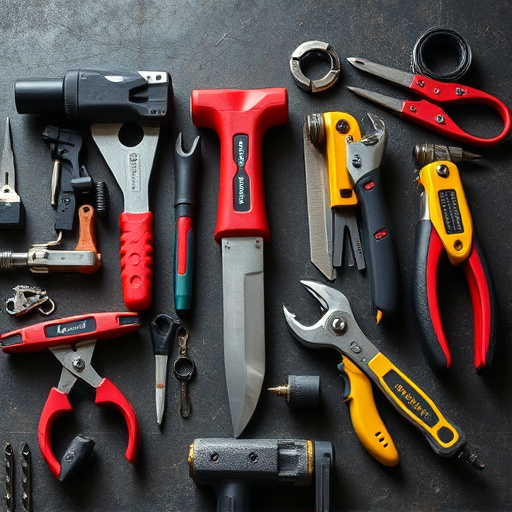
Snow conditions present unique challenges for Advanced Driver Assistance Systems (ADAS) calibration, a critical aspect of snow-related crash repair. The reflective and unpredictable nature of snowy roads can disrupt the precise sensor readings essential for ADAS functionality. Snowflakes, ice, and slush can interfere with cameras, LiDAR, and radar sensors, leading to errors in distance measurement, object detection, and lane positioning—all integral components of systems like adaptive cruise control, automatic emergency braking, and lane keeping assist.
These environmental factors necessitate regular recalibration of ADAS during and after snow-related incidents. A well-equipped car repair shop offering services like tire services and paintless dent repair must also possess the expertise to perform these calibrations accurately. By ensuring proper ADAS recalibration, shops contribute to safer operations for their clients on snowy roads, minimizing potential risks associated with malfunctioning assistance systems.
Recalibration Impacts on Efficient Crash Repair
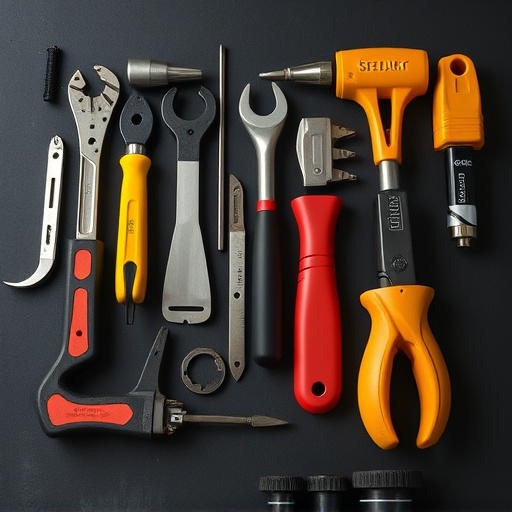
Recalibration plays a pivotal role in efficient snow-related crash repair, ensuring that Advanced Driver Assistance Systems (ADAS) function optimally after any collision. These systems, including sensors like cameras and LiDAR, are integral to modern vehicles’ safety features. When a vehicle undergoes a severe impact, even during winter conditions, the intricate components of ADAS can be affected, leading to malfunctions or reduced accuracy. A proper recalibration not only restores these systems to their original performance but also plays a crucial role in ensuring the safety and reliability of subsequent driving experiences.
For car repair shops specializing in classic car restoration or general vehicle repairs, understanding the significance of ADAS recalibration is essential. It’s a critical step that goes beyond basic car repair; it ensures that advanced safety technologies function as intended, enhancing the overall crash repair process and potentially preventing future accidents by keeping these systems aligned and precise during driving.
ADAS recalibration is a critical step in ensuring effective snow-related crash repair. Given the unique challenges posed by winter conditions, which can disrupt the delicate calibration of advanced driver-assistance systems (ADAS), it’s clear that specialized recalibration services are essential for accurate and efficient repairs. By addressing these issues, repair facilities can maintain the safety and performance of ADAS, ultimately contributing to safer roads during snowy seasons.

